Parsley Profile
Written by Joy
Nov 06 2020
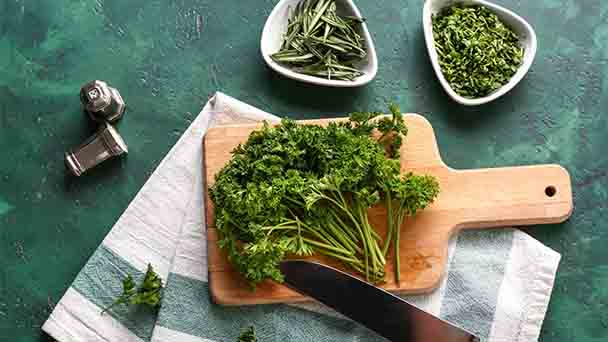
Parsley is a biennial herbaceous plant of the Umbelliferae family and the genus Parsley, smooth. The stem of parsley is round, slightly grooved, up to 100 cm high, the leaves are dark green, the surface is bright, the basal leaves and the lower part of the stem have long stalks, the lobes are lanceolate, and the umbels are smooth. Flowers, small involucre is linear or linear diamond-shaped, fruit oval, gray-brown color, parsley plants generally bloom in June and bear fruit in July.
Parsley is native to the Zhonghai region and has a long history of cultivation in Europe, and it is found all over the world. Parsley likes cold climates, more cold-tolerant, but not heat-resistant, and likes moist. It should grow in fertile soil or sandy soil with strong water retention capacity and rich in organic matter, but avoid standing water.The edible organs of parsley are mainly fresh leaves and petioles. It is not only aromatic, but also nutritious. The fruits and leaves of parsley contain volatile essential oils, which can be extracted by distillation. Parsley essential oil contains flavonoids, which have diuretic and antiseptic effects. Chewing its leaves can eliminate bad mouth odor and is a natural deodorant.
Parsley morphological characteristics
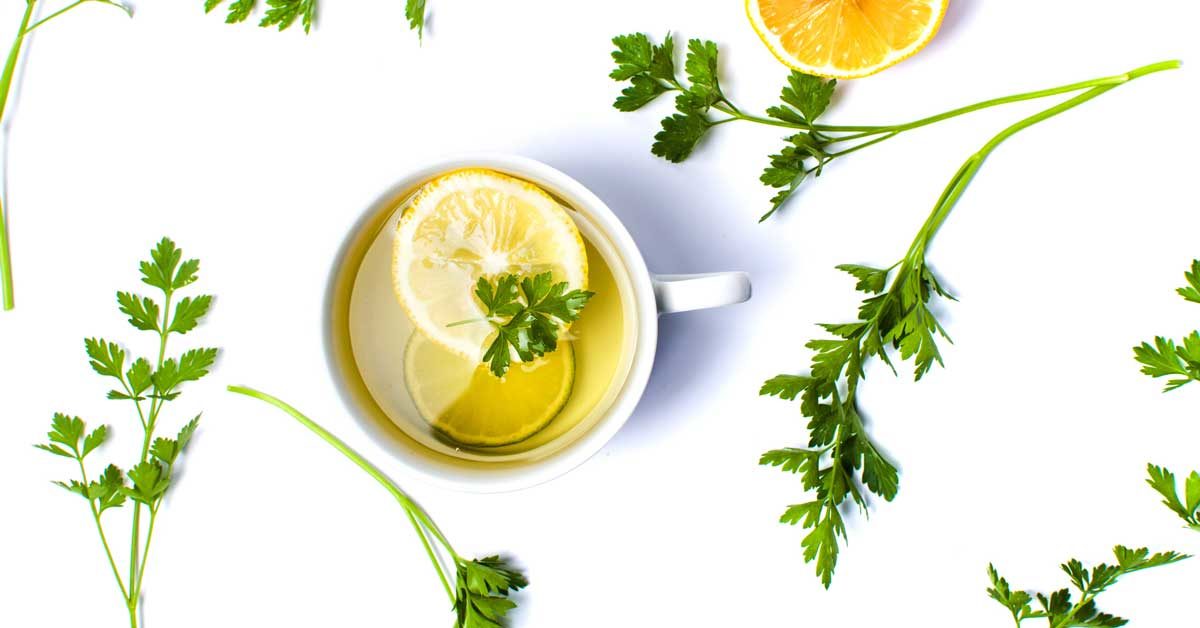
The umbel of parsley has 10-20 (30) spokes, approximately equal in length, about 2.5 cm, and smooth. There are 1-2 involucres, linear and sharp. The small cyme has 20 flowers, 6-8 small involucre, linear or linear diamond-shaped, about half of the flower stalk and close to it. The petals of parsley are 0.5-0.7 mm long. The fruit is ovoid, gray-brown in color, 2.5-3 mm long and 2 mm wide. Its flowering period is June and fruit period is July.
Parsley growth habit and growing environment and distribution
Parsley is native to the Mediterranean region and has a long history of cultivation in Europe, and it is available all over the world. Parsley likes cold weather and is harder. Parsley seedlings can tolerate low temperatures from -4 to -5°C, and the growing plants of parsley can tolerate short-term low temperatures from -7 to -10°C. The suitable temperature for growth is 15-20°C, but they are not heat resistant. When the temperature exceeds 25°C, the plant Poor growth, susceptible to disease infection. Generally, after the parsley seedlings have grown, they need a low temperature below 5°C and a long day to differentiate their flower buds through the vernalization stage, and higher temperatures are required for the bolting stage. Parsley likes to be moist. It should be cultivated in fertile soil or sandy soil with strong water retention capacity and rich in organic matter. The optimum soil pH is 5-7, but you’d better avoid standing water.Parsley efficacy and role
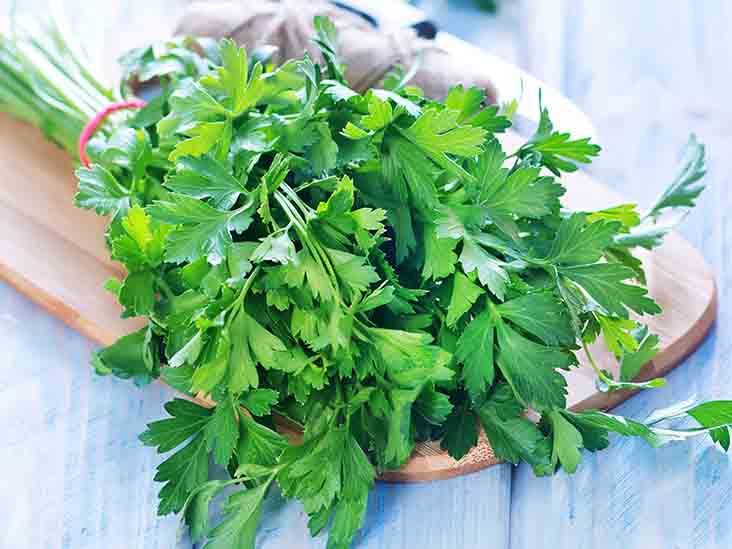
Parsley cultivation
Parsley can be cultivated directly, but the seedling transplanting method is generally used in production. The autumn seedling period is in the high temperature season, so pay attention to shading, cooling and moisturizing. Choose a plot that is convenient for irrigation and drainage and loose and fertile soil as a seedbed. Apply appropriate amount of organic fertilizer, then turn the soil and mash it to make the bed surface level. To speed up the germination of parsley seeds, soak the seeds in cold water for about 10 hours before sowing. Seed parsley evenly, sowing 2.0-2.5 grams per square meter (50-60 grams per 667 square meters). Cover with a layer of fine soil after sowing, so that the seeds are not covered. When sowing in spring, cover with plastic film after sowing to increase the bed temperature, and remove the plastic film after emergence. Properly control watering after emergence to facilitate rooting. When the seedlings have 5-6 true leaves, they can be transplanted to production fields.Colonization
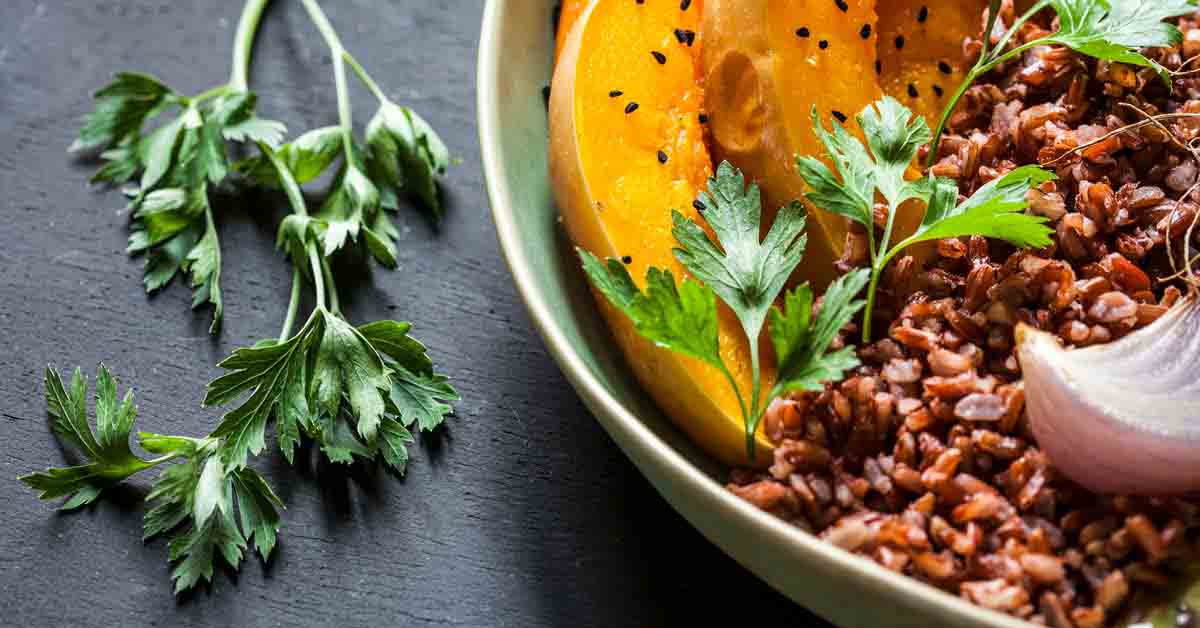
Fertilizer management
Water in time after planting. The parsley seedlings will survive about 3 days later, and new leaves will germinate after 7 days. Keep the soil moist at this time to avoid drought. Excessive soil drought will inhibit its growth and development, not only affecting yield, but also poor product quality. If water accumulates after rain, it must be removed in time. If it is not eliminated in time and the temperature is high, the base of the parsley plant is prone to rot. During the growing period of parsley, topdressing should be done 3-4 times, 5 kg of urea can be applied per 667 square meters each time, or 0.1-0.3% potassium dihydrogen phosphate solution can be sprayed on the leaves.Weeding
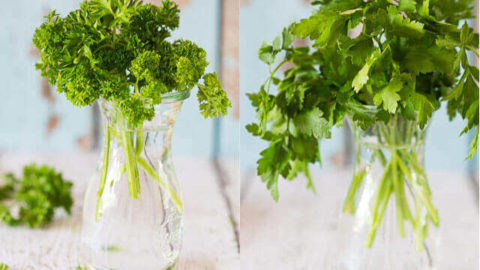
Latest Updated
- Benefits of Bugleweed - 7 Science-backed Health Benefits
- Bugleweed Dangers & Side Effects - Is It Poisonous?
- How to Plant Evergreen Trees - What You Should Know
- When to Plant Evergreens - Grow Guide for Evergreen Trees
- 12 Wonderful Evergreen Shrubs for Your Garden
- 12 Popular Evergreen Plants with Pictures for Beginners
- When And How To Prune A Lilac Bush Like a Pro
- How to Grow & Care for Lilac Vine (Hardenbergia Violacea)
- Japanese Lilac Tree (Syringa Reticulata) Care & Propagation Guide
- Shumard Oak Pros and Cons - What to Know
Popular Articles
- Winter maintenance of Antirrhinum Majus
- How to Grow Terminalia Mantaly Tree
- How to Grow and Care for Crossostephium Chinense
- How to grow Antirrhinum Majus in spring
- Peristeria Elata (Dove Orchid) Profile: Info & Care Guide
- Underwatered Snake Plant (Sansevieria Trifasciata) - Signs And How To Fix
- How to Care for Brazilian Jasmine Plant (Mandevilla Sanderi)
- How to Grow & Care for Graptopetalum Purple Delight in Summer
- Rosa Chinensis (China Rose): Plant Growing & Care Tips
- How to Care for Baby Sun Rose (Aptenia Cordifolia)